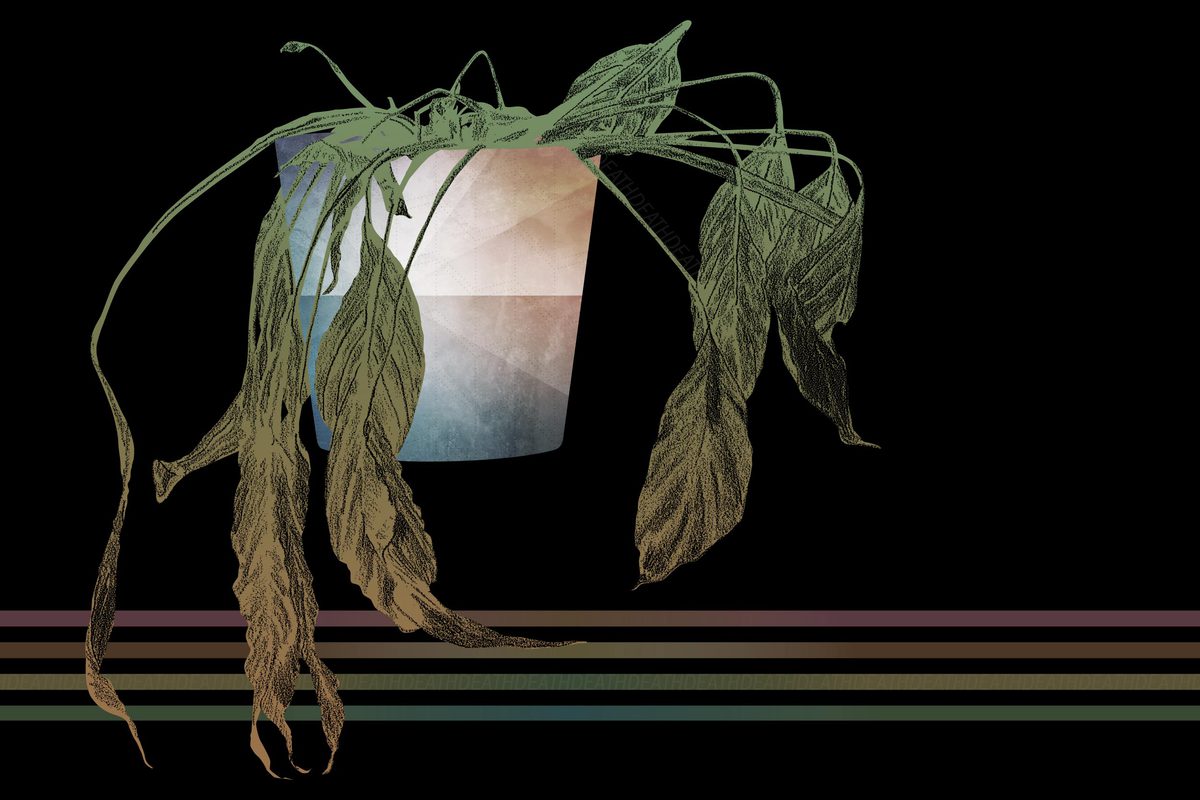The end comes sooner for some than for others. When my mom was diagnosed with stage 4 ovarian cancer at age 48, I felt as though I was being cheated out of decades I’d assumed were guaranteed. My mom had four years of aggressive, futile care because none of us could bear the thought of losing her. In the process, we lost her by inches over the course of those four years. Fear of death prompted us to make choices that, in hindsight, dampened the joy of living for all of us. If death is a foe to be vanquished with chemo, there’s little room in that narrative for patients and families who’d rather live than fight.
As I write this, I’m 47 years old – a year younger than my mom was when she was diagnosed with ovarian cancer. My wife Kathy died two months ago, just 188 days after she was diagnosed with ovarian cancer. She had just turned 54 years old. Like my mom, Kathy died at home in her own bed, cared for by her family. Two things made Kathy’s death radically different from my mom’s: one, we knew based on the scans on the day of diagnosis in the emergency room that Kathy’s cancer was probably advanced and incurable; and two, we decided that same day not to expend any energy attempting to keep death at bay. We knew from the very first day my wife was diagnosed that she was dying. We knew death wasn’t something that could be avoided. And so, rather than spend time and energy hiding from death, hoping death wouldn’t come knocking, we lived our life as a family getting comfortable with the idea of death.
One of my favorite artists is Michele Melcher. She paints breathtaking oil paintings in the tradition of memento mori, a reminder of the impermanence of life. I asked her if she would paint a portrait of Kathy as a skeleton, wearing her favorite New England Patriots jersey. When the painting arrived in the mail, it was hard for us to look at. Kathy, our son Greyson, and I cringed at first when we saw the picture: it was both awesome and awful. Over the course of the next few months, though, looking at that picture helped us get used to the idea that death was around the corner and it was something that we needed to make friends with. Death was coming to live in our home, and we couldn’t bar the doors. Why not make a meal and invite death to sit down and break bread with us?
Kathy died Aug. 4, just a few days after I started work at UVA, following 15 years at George Washington University School of Nursing, where I was a tenured professor. Kathy’s death was peaceful and it was everything that our son and I hoped it would be. It wasn’t scary. It wasn’t awful. When death made its appearance in our home in the pre-dawn hours that Sunday morning, we were ready – ready to sit with it, invite it in, and make peace with it.
Despite my comfort with death, I’m still doing everything I can to keep it from knocking on my door again anytime soon. I still hike 7 miles every morning before work and wear a seatbelt and obey traffic signals. I’d rather not entertain death as a houseguest in my home until I’m an old woman. But if there comes a time that death’s arrival at my door is inevitable, I’ll put on the tea kettle and invite it in for a chat. No need to be afraid – life’s too short for that.





